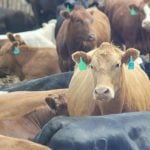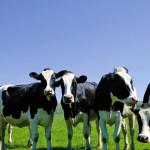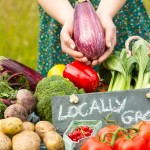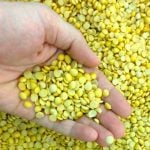
Comment

Putting the IARC announcement on meat into context
Of the 982 products reviewed since 1971, only one — yoga pants — was found to have no association with cancer

Fertilizer run-off is just one piece of the dead zone puzzle
More perennial crops and protecting wetlands would help reduce the low-to-no-oxygen zone in the Gulf of Mexico

Supply management fixation may finally be coming to an end
Economist says CWB changes were positive and the same could happen for dairy

Don’t throw money at public research
We need a combination of private, public and producer investment in order to remain competitive

Local food systems in Manitoba on the minds of young, small farmers
Agri-food policy must focus on more than economic development and food safety

Friday, October 16 is World Food Day
Even in one of the richest countries in the world, one in seven people do not have enough to eat

Selective use of science won’t sell GMOs
Transparency is key to gaining credibility with the public

Considering the true cost of agricultural production systems
Externalizing the cost of production is becoming less acceptable to society

How cattle were raised – grass-fed or grain-fed – does affect that grilling experience
Most consumers prefer grain-fed over grass-fed beef

Big-box backlash one reason for growth in farmers’ markets
Once thought threatened, U.S. farmers’ market numbers have soared from 340 in 1971 to 8,268 in 2014


